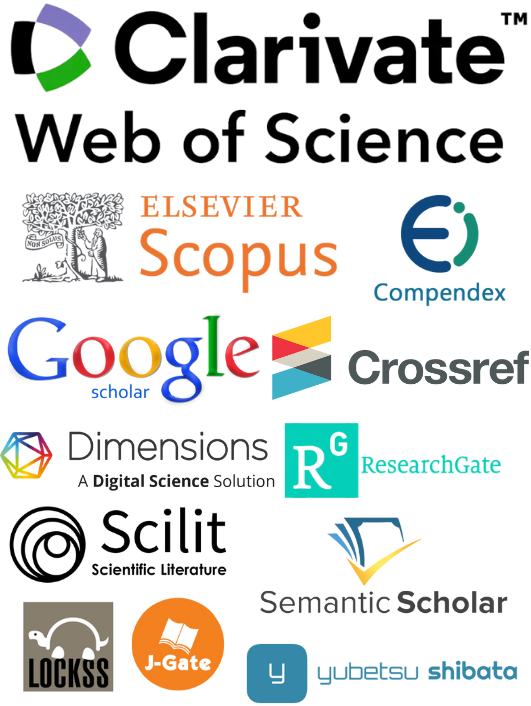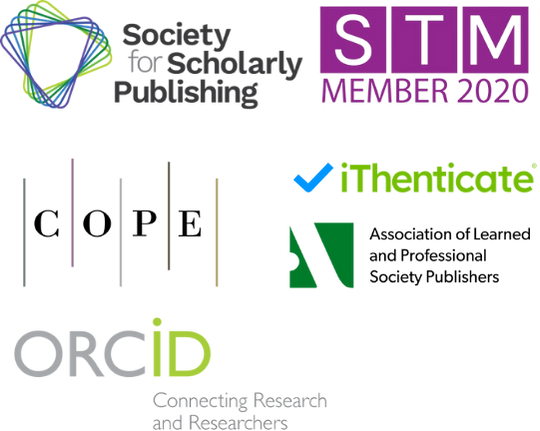Derivation and Spread of Social Risks in Global Public Health Crises
DOI:
https://doi.org/10.5281/zenodo.15080618Keywords:
risk deconstruction, public health emergencies, international concern, derived risk categories, mechanisms of diffusionAbstract
The emergence and spread of risks during PHEIC have introduced new challenges for national and social governance. This study develops a "Content-Media-Driving Forces" framework and applies case analysis through theoretical review, categorizing risks stemming from PHEIC into two main types: tangible risks and public opinion risks. Tangible risks encompass structural and procedural dimensions, whereas public opinion risks arise from prevailing societal judgments and the moralization of critique. Throughout the risk evolution process, these two categories interact dynamically, creating a complex network that amplifies risk derivation and dissemination in a multi-directional manner. Effective social risk management necessitates stringent regulation of epidemic control measures, with a particular emphasis on mitigating procedural social risks, addressing public concerns promptly, and curbing the spread of public discourse that could in-tensify interactions between public opinion risks and broader social risks.
References
1. A. J. He, Y. Shi, and H. Liu, "Crisis governance, Chinese style: distinctive features of China’s response to the Covid-19 pan-demic," Policy Des. Pract., vol. 3, no. 3, pp. 242-258, 2020, doi: 10.1080/25741292.2020.1799911.
2. R. Yang, et al., "Knowledge system analysis on emergency management of public health emergencies," Sustainability, vol. 12, no. 11, p. 4410, 2020, doi: 10.3390/su12114410.
3. I. J. Shin, "The effective control of major industrial accidents by the Major Industrial Accident Prevention Centers (MAPC) through the Process Safety Management (PSM) grading system in Korea," J. Loss Prev. Process Ind., vol. 26, no. 4, pp. 803-814, 2013, doi: 10.1016/j.jlp.2013.02.011.
4. T. Christensen and L. Ma, "Coordination structures and mechanisms for crisis management in China: Challenges of complex-ity," Public Organ. Rev., vol. 20, no. 1, pp. 19-36, 2020, doi: 10.1007/s11115-018-0423-9.
5. R. Shi, et al., "The media risk of infodemic in public health emergencies: Consequences and mitigation approaches," PLoS One, vol. 19, no. 9, p. e0308080, 2024, doi: 10.1371/journal.pone.0308080.
6. F. M. Stok et al., "Social inequality and solidarity in times of COVID-19," Int. J. Environ. Res. Public Health, vol. 18, no. 12, p. 6339, 2021, doi: 10.3390/ijerph18126339.
7. S. Walby, "The COVID pandemic and social theory: Social democracy and public health in the crisis," Eur. J. Soc. Theory, vol. 24, no. 1, pp. 22-43, 2021, doi: 10.1177/1368431020970127.
8. H. Jin, B. Li, and M. Jakovljevic, "How China controls the Covid-19 epidemic through public health expenditure and policy?," J. Med. Econ., vol. 25, no. 1, pp. 437-449, 2022, doi: 10.1080/13696998.2022.2054202.
9. T. Liu, "Social policy reform driven by crises: Promoting and reshaping social policy during the SARS and COVID‐19 pan-demics in China," Soc. Policy Admin., vol. 56, no. 6, pp. 910-924, 2022, doi: 10.1111/spol.12818.
10. L. Ze-zhao and L. Wen-jun, "National risk management structural framework in perspective of China Social Stability Risk Assessment," in Proc. 2013 IEEE Int. Conf. Grey Syst. Intell. Serv. (GSIS), Macao, China, 2013, pp. 330-334, doi: 10.1109/GSIS.2013.6714792.
11. J. Sun, et al., "Analyzing the spatiotemporal coupling relationship between public opinion and the epidemic during COVID-19," Lib. Hi Tech, vol. 42, no. 6, pp. 1880-1904, 2024, doi: 10.1108/LHT-10-2022-0462.
12. R. L. Heath, J. Lee, and L. Ni, "Crisis and risk approaches to emergency management planning and communication: The role of similarity and sensitivity," J. Public Relations Res., vol. 21, no. 2, pp. 123-141, 2009, doi: 10.1080/10627260802557415.
13. S. Shen, Y. Yang, S. Zhang and H. -N. Gao, "Network Public Opinion Simulation of Public Health Emergencies Based on LSTM Model," in 2022 2nd Int. Conf. Big Data, Artif. Intell. Risk Manag. (ICBAR), Xi'an, China, 2022, pp. 209-212, doi: 10.1109/ICBAR58199.2022.00047.
14. I. J. Roseman and A. Evdokas, "Appraisals Cause Experienced Emotions: Experimental Evidence," Cogn. Emotion, vol. 18, no. 1, pp. 1-28, 2004, doi: 10.1080/02699930244000390.
15. C. Wang, X. Dong, Y. Zhang, and Y. Luo, "Community resilience governance on public health crisis in China," Int. J. Environ. Res. Public Health, vol. 18, no. 4, p. 2123, 2021, doi: 10.3390/ijerph18042123.
Downloads
Published
Issue
Section
License
Copyright (c) 2025 Donghao He, Jianguo Li (Author)

This work is licensed under a Creative Commons Attribution 4.0 International License.


